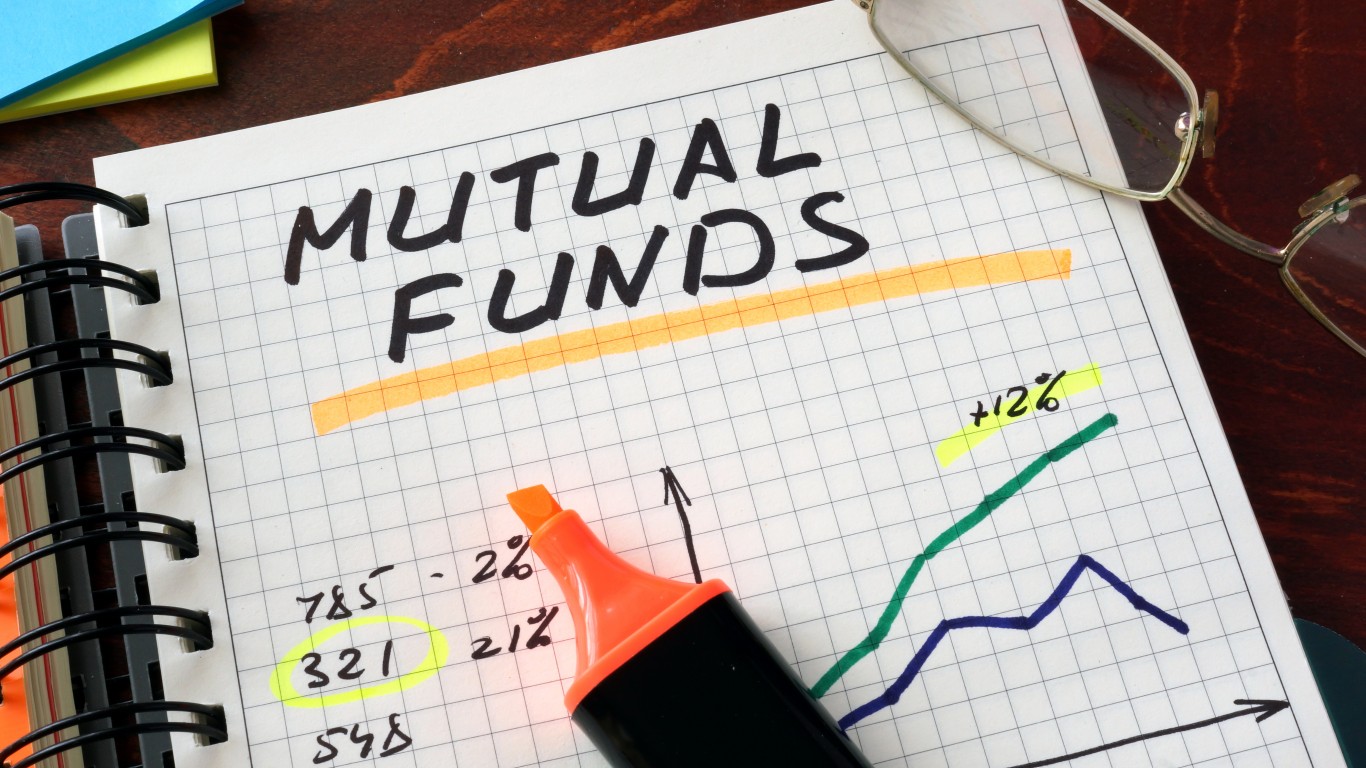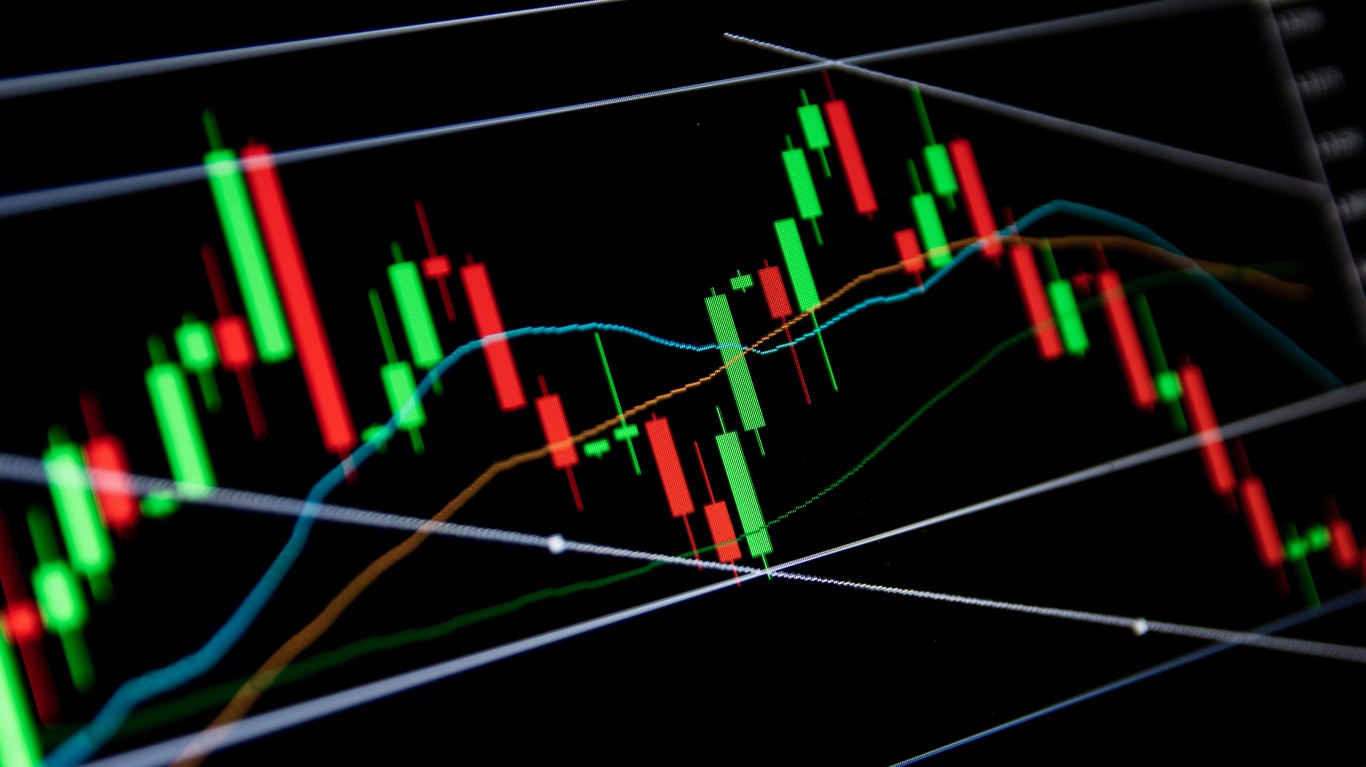We already got past the election news in a hurry. Now we know what the FOMC’s version of quantitative easing, or QE2 by many in the press, will look like. The Fed had been worried about deflation and wants to manufacture inflation. Quantitative easing ‘coming’ is a part of what has caused the rise in commodities and that in turn is already pushing up many prices.
Hoenig remained a dissenting vote, and the vote to keep short term Fed Funds at 0.00 to 0.25% and the ‘extended period of time’ phrase was kept. The FOMC noted a slow recovery, constrained spending, high unemployment, and inflation running under its 2% target.
The FOMC showed what quantitative easing is… On the Long-End, the Fed will purchase up to $600 billion in U.S. Treasury securities over the next 8-month period. The FOMC noted further that it stands ready to buy more bonds if inflation remains too low or if unemployment remains too high. The $75 billion a month may actually be a disappointment to some, although this $600 billion added with what is already available makes for about $850 billion to $950 billion in total as outlined below and by maturity schedule.
We gave our own list of ETF and ETN products for betting for or against QE2, but we have also noted that much of the impact has already been priced in by the markets. The FOMC just expanded the Federal Reserve’s holdings of securities in the System Open Market Account for a stronger pace of economic recovery. the desk now anticipates conducting $850 billion to $900 billion of purchases of longer-term Treasury securities through the end of the second quarter. In total, this equates about $110 billion per month ($75 billion associated with additional purchases and roughly $35 billion from reinvestment purchases). The following eight maturity sectors were outlined by the Federal reserve Bank of New York:
| Maturity Years | Allocation |
|---|---|
| 1.5-2.5 YR | 5% |
| 2.5-4 YR | 20% |
| 4-5.5 YR | 20% |
| 5.5-7 YR | 23% |
| 7-10 YR | 23% |
| 10-17 YR | 2% |
| 17-30 YR | 4% |
| 1.5-3 YR TIPS | 3% |
The first round of quantitative easing was buying many securities for roughly $1.75 trillion and a great expansion of Uncle Sam’s balance sheet. That saved the banks, added much capital liquidity, and saved the system. The problem is that Uncle Sam has not really unloaded those debt instruments beyond those which have matured or paid down.
Quantitative easing looked far more important a couple of months ago when a double dip recession was possible or somewhat probable. Now the election has gone back at least a bit in the direction that investors may find a tad more friendly. Printing money to buy up more than what we have already seen in the last 18 months seems unnecessary now. Few feel that it will create any jobs.
The FULL FOMC STATEMENT is here for you true Fed Heads…
JON C. OGG
Get Ready To Retire (Sponsored)
Start by taking a quick retirement quiz from SmartAsset that will match you with up to 3 financial advisors that serve your area and beyond in 5 minutes, or less.
Each advisor has been vetted by SmartAsset and is held to a fiduciary standard to act in your best interests.
Here’s how it works:
1. Answer SmartAsset advisor match quiz
2. Review your pre-screened matches at your leisure. Check out the advisors’ profiles.
3. Speak with advisors at no cost to you. Have an introductory call on the phone or introduction in person and choose whom to work with in the future
Get started right here.
Thank you for reading! Have some feedback for us?
Contact the 24/7 Wall St. editorial team.





